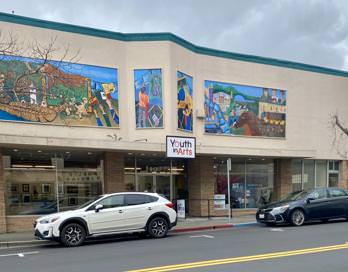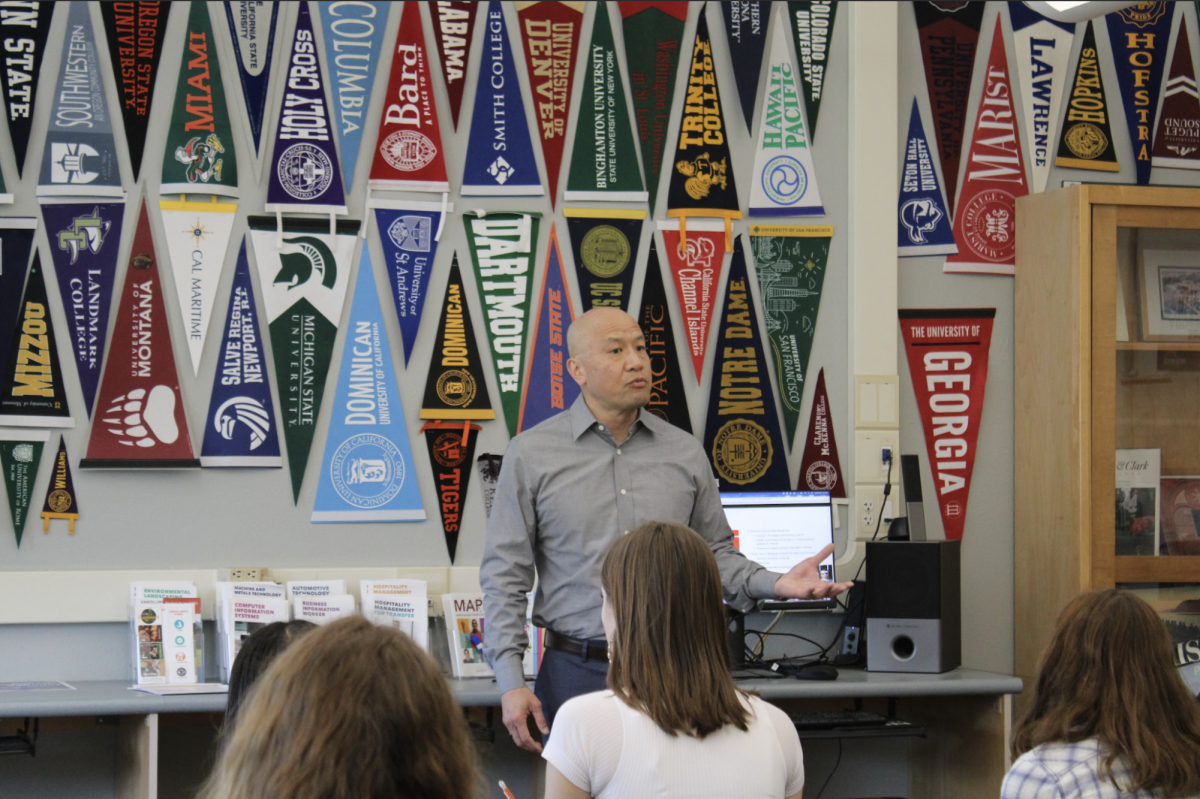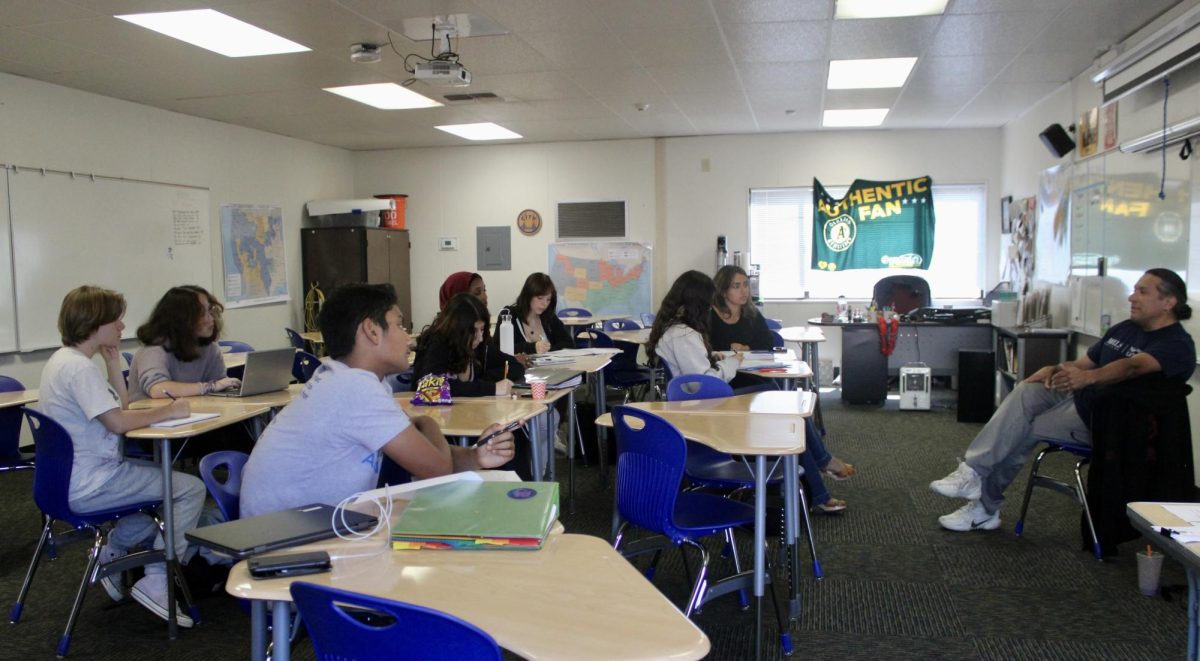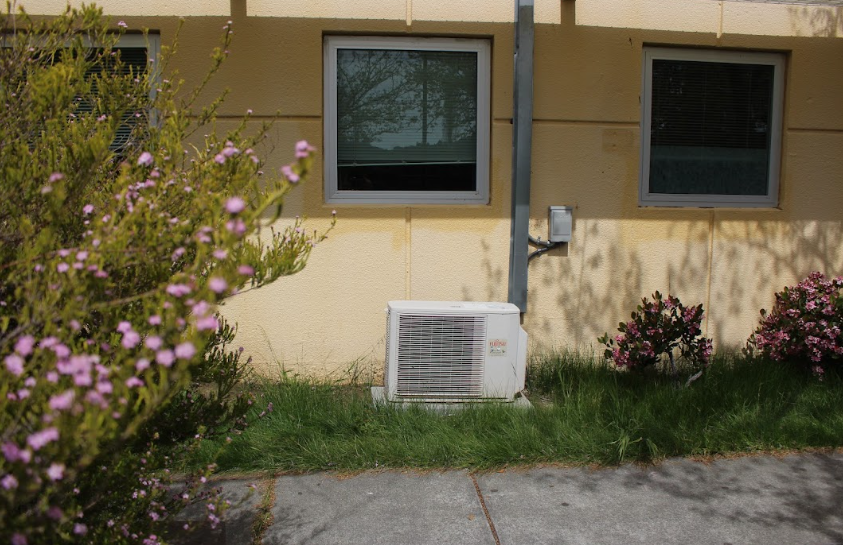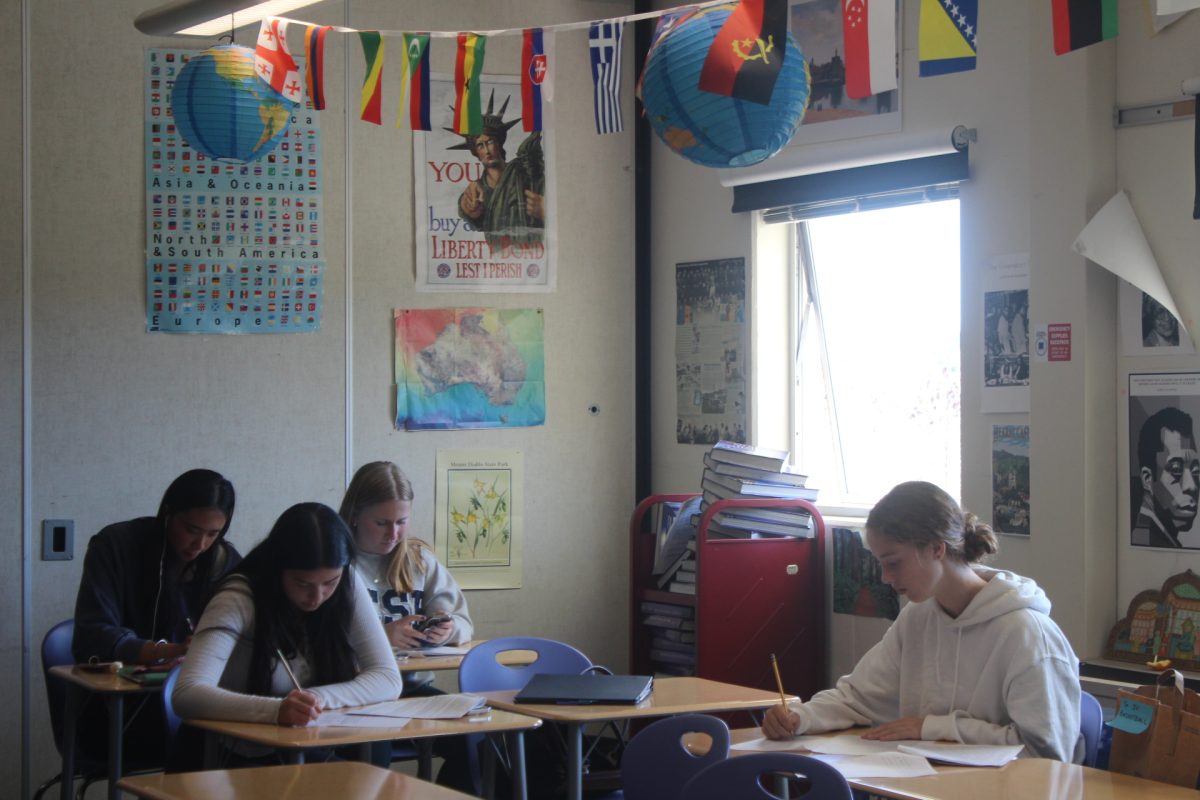Redwood graduate and current senior at the University of California, Irvine (UCI), William Amos, was recently recognized and awarded for his dedication to environmental action.
On Oct. 18, Amos was one of the six recipients of the 2016 Brower Youth Awards. The Brower Youth Awards honor leaders of environmental activism in North America between the ages of 13 and 22. Winners are selected from a pool of about 2,000 applicants. Amos received the award for his work leading a team of engineering and art students to develop a streamlined, clean method of recycling 3-D printed plastics so that they can be reused for future prints.
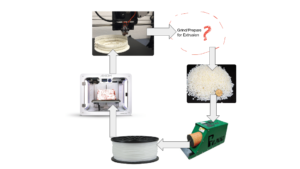
Although 3-D printed plastics could already be processed to be reused for future printing, Amos and his team simplified the operation.
“This process has been done before but we wanted to make it on a more human [and] individual scale,” Amos said.
Part of his team’s inspiration was the increasing availability of 3-D printers and the very near reality of their usage becoming completely commonplace. Additionally, 3-D prints fail quite often, according to Amos, so his cottage-industry approach to repurposing the plastics from failed prints could ensure that the 3-D printer becomes a clean and sustainable household appliance in the future.
Focusing on action keeps the scope of environmental issues from becoming unapproachable, according to Amos.
“You take environmental science as a way of knowing that there is a problem yet realizing that there is a light at the end of the tunnel there for how to solve it,” Amos said.
According to Amos, his optimism in his chosen field stems from the tutelage of Redwood Advanced Placement Environmental Science (APES) teacher Mitch Cohen.
“[Cohen] teaches a lot about the problem but he also challenges you, like ‘Hey guys, try to help solve these problems,” Amos said.
The pressing environmental problems we face today should be taken as an opportunity to exercise the extent of human innovation, according to Cohen.
“There are smart people that are doing very, very clever things to try and address our environmental challenges, just like [Amos],” Cohen said.
According to Cohen, the environmental sciences field is a growing industry that provides and will continue to provide a large number of diverse job opportunities.
“For people that are entering college and are addressing that big question of ‘What do I want to do with the rest of my life? I’d like to make a difference in addressing some of these problems, but I’d also like to make a decent living,’ I think that this is a perfect example of where you can do both,” Cohen said.
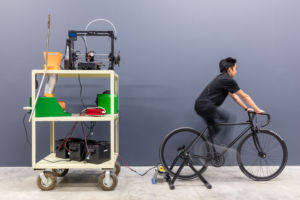
Although Amos recalls his experience in Cohen’s APES class during his junior year at Redwood as “part of [his] call to action,” he also cited growing up in Marin County as another critical catalyst for his passion for the environment.
“Back home in Marin County we pride ourselves on our open space and our parks and so we have a lot of fantastic places to fall in love with nature. As a Marin-ite, I fell in love with the surroundings I grew up with,” Amos said.
When Amos transitioned from Redwood to the University of California, Irvine, he was lucky enough to find another teacher who helped him to continue cultivating his love for tackling environmental issues.
“Professor Jesse Jackson is my mentor and kind of a really good friend, actually. He’s been the guiding light to what we do. He hasn’t done any more than advising; he doesn’t force us in a direction, but he really helps us think out what we want to do,” Amos said.
Amos formed his team about a year and a half ago in June 2015. Some of the members were previously part of the team he had led in the 2015 Solar Decathlon, a two year competition sponsored by the U.S. Department of Energy in which 20 collegiate teams compete to make the most energy efficient, cost effective and attractive house.
After Amos got his team together, they started setting up a lab at UCI which they then filled with printers and other equipment. They then began researching and designing a system to recycle 3-D printed plastic.
Though Amos is an engineering student, his team includes students of other disciplines as well. In fact, Jackson is not a professor of science but rather of art.
“We brought together this very multi-disciplinary group that got a lot of problem solving done very quickly so that was kind of astounding to witness,” Amos said.
Amos found that art students and engineers had excellent synergy.
“We have art students because art students allow you to problem solve in a way you never thought you could,” Amos said.
He said that engineers tended to be more linear and direct in their thinking, so he wanted to find people who would bring different views and approaches.
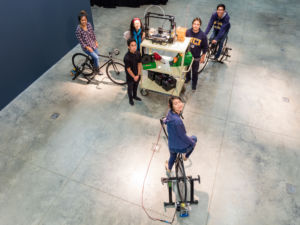
“The way engineers think is always ‘How can I do this? How can I solve this problem?’ not ‘Why should I solve this problem?’ The art students really help with the ‘why,’” Amos said.
Another reason that artists were an integral part of his team, according to Amos, is that artists are continually producing actual, physical projects and materials which is what he wanted his team to be able to do.
“I have to say that one of the things that has astounded me is bringing people together to actually succeed in a project. It is one of the coolest feelings alive,” he said.
In the future, Amos hopes to tackle other projects that build on his team’s recent work such as creating wireless rain gauges to address the lack of these devices in many parts of the United States. Amos also wants to use 3-D printing technology to make water filters.
All images courtesy of William Amos

